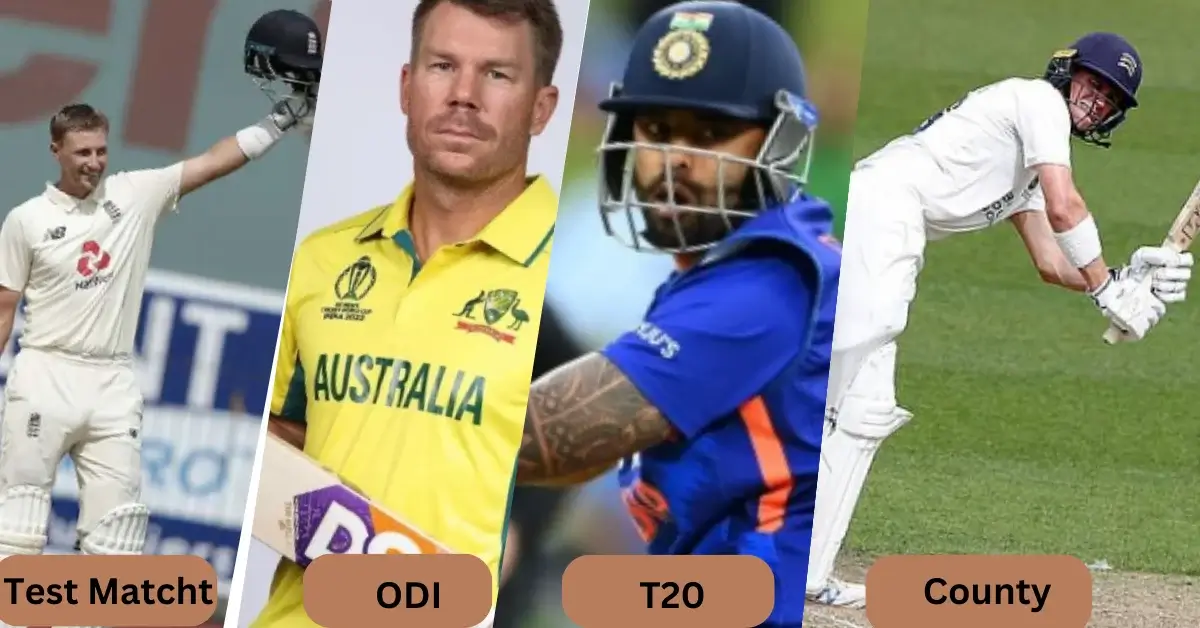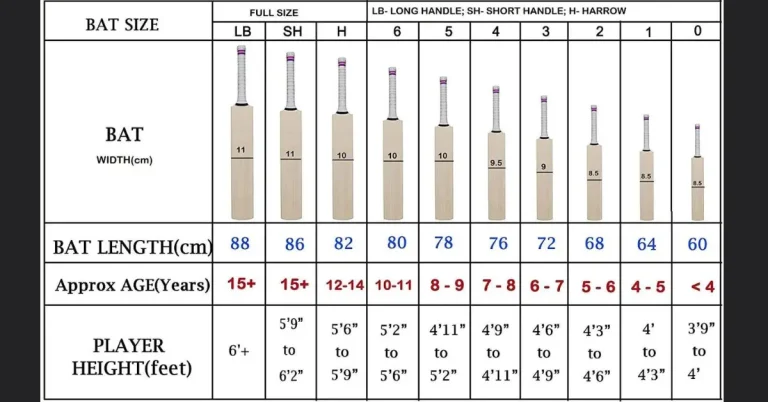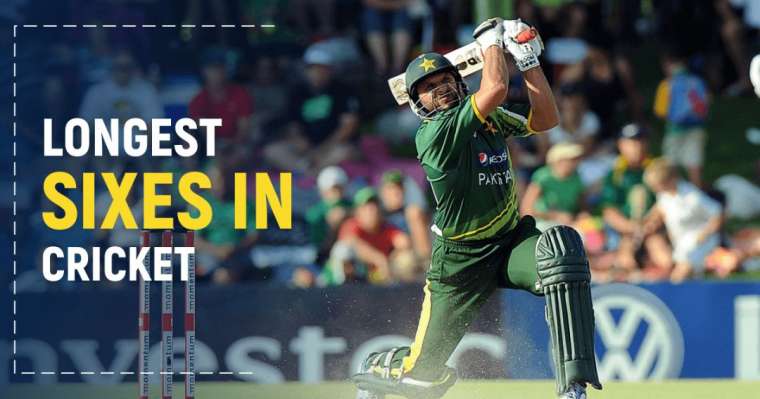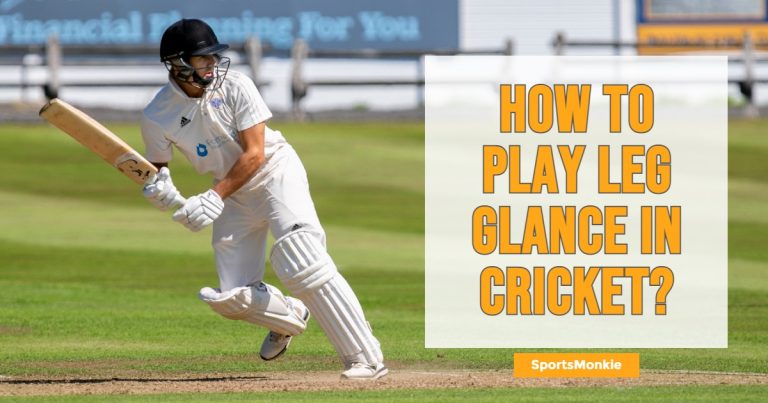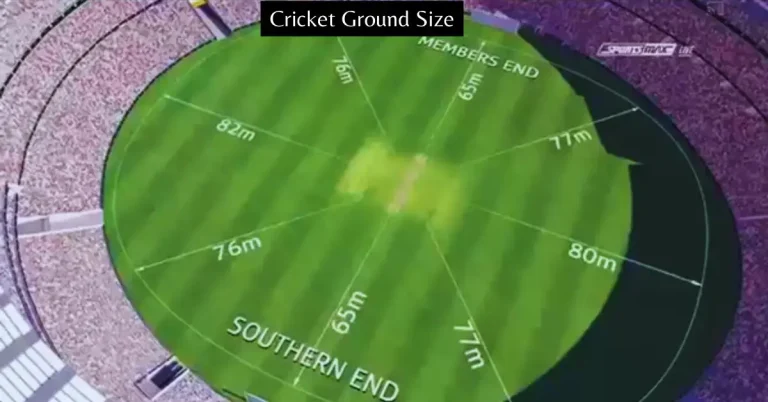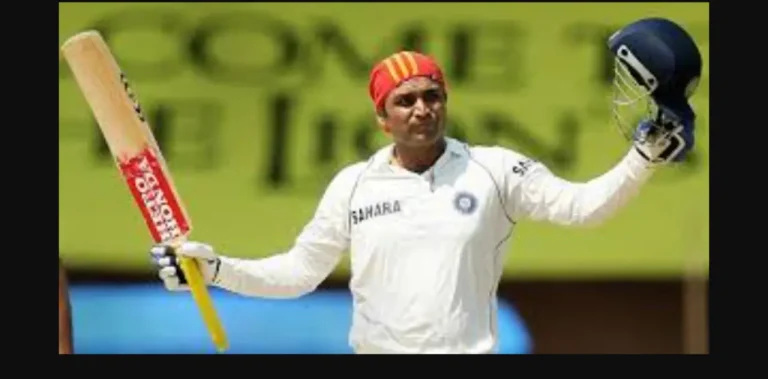Types of Cricket: Test, ODI, T20, County
Types of Cricket make the game of Cricket more thrilling and entertaining as it has something for its viewers. There are three major types of Cricket and each type appeals to a particular viewers choice. In this article, we will look into three major formats and provide insight into the number of overs allotted to the bowling and batting sides.
Types of Cricket
First Type of Cricket: Test Cricket
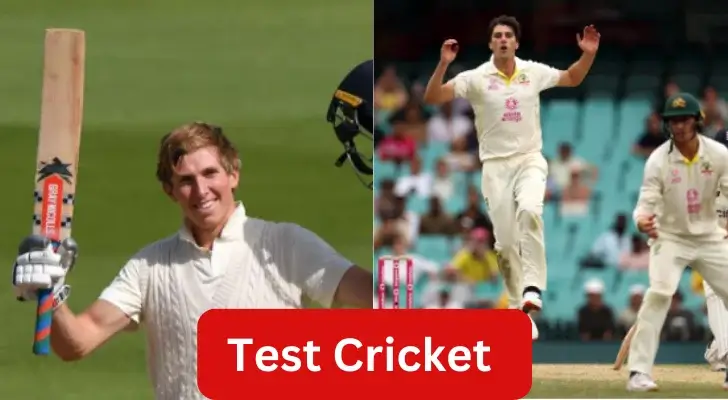
This type of Cricket demands high endurance, strategy and skill. It demands the batsman to stick to the grease. It lasts for five days and hence demands a high level of professionalism.
Inception Year:
In 1877, Australia and England played the first official Test match, marking the origin of Test cricket.
Fielding Side:
Typically, the bowling side has to bowl at least 90 overs in a single day, though this number depends on many factors. The bowling side tries to bowl their opponents out and restrict their runs in the first innings. So they have to face the minimum target in the second innings.
Batting Side:
The batting side in Test cricket tries to stick to the grease, conserve their wickets, and simultaneously keep their score going. See also Cricket Ground Size
Pros:
Ultimate Test of Skill: It is a true test of a cricketer’s abilities, focusing on their mental and physical endurance.
Rich History: Test matches are steeped in tradition and have witnessed some of the greatest cricketing moments in history.
Cons:
Long Duration: Matches can extend for five days, which might not suit those seeking fast-paced action.
Weather Interruptions: Weather conditions can significantly impact the outcome of Test matches.
Second Types of Cricket: One-Day International Cricket
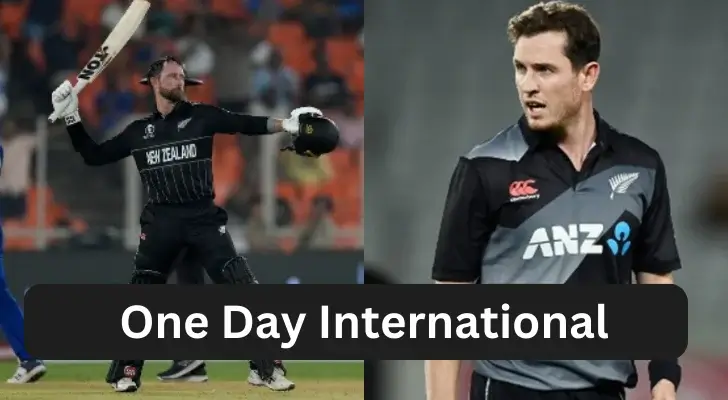
In this type of cricket that lasts for a day, each team has a maximum of 50 overs to bowl. The batting side tries to score as many runs as possible, while the bowling side tries to restrict them and bowl their opponent out as early as possible.
Inception Year
ODIs debuted in 1971 when the first official ODI was played between Australia and England.
Fielding Side:
In ODI cricket, the bowling side is allowed a maximum of 50 overs to bowl. This format aims for a balance between strategy and urgency. Each bowler is all can bowl a maximum of 10 overs. See also Best ODI Bowling Figures
Batting Side:
The batting side in ODI cricket has the challenge of facing 50 overs, accumulating as many runs as possible within this limit to give the opponent a tough score to face.
Pros:
Limited Duration: ODIs provide exciting cricket in a single day, making them more accessible for fans with time constraints.
Strategic Challenges: Teams must balance scoring runs and taking wickets effectively.
Cons:
Less Traditionally Revered: ODIs may carry a different historical significance than Test matches.
Overs Limitation: Bowlers can face restrictions due to limited overs, potentially reducing the variety of bowling tactics.
Third Types of Cricket: Twenty20 (T20) Cricket
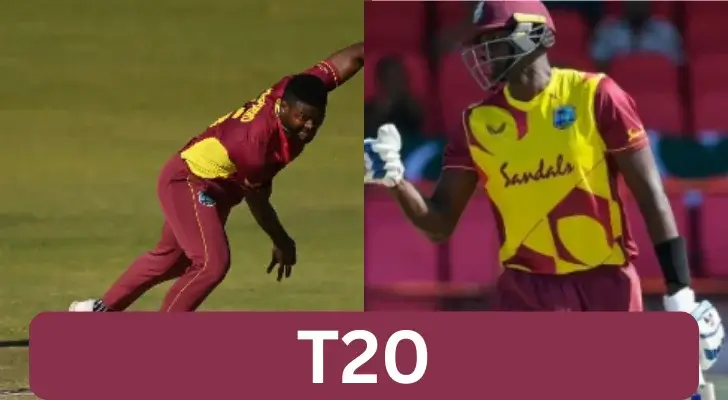
Inception Year:
This type of Cricket emerged in 2003 with the inaugural T20 match played in England.
Fielding Side:
In T20 cricket, the bowling side is restricted to 20 overs, creating a dynamic, fast-paced atmosphere requiring quick thinking and skill. Each bowler has the restriction to bowl up to 4 overs.
Batting Side:
The batting side in T20 cricket must make the most of their 20 overs, striving to achieve a competitive total or chase down a target.
Pros:
Fast-Paced Action: T20s are thrilling and filled with boundaries and quick wickets.
Entertainment: Their concise duration and excitement appeal to a broader audience.
Cons:
Limited Emphasis on Skill: T20 cricket is more about power-hitting and aggressive bowling, often sidelining traditional skills.
Shorter Matches: Some purists argue that T20s dilute the essence of cricket by prioritizing entertainment over strategy.
Fourth Type of Cricket: County Cricket

Inception Year:
County cricket, as we know it today, began in the mid-19th century in England. It represents the domestic cricket competitions within England. It encompasses various formats, including First-class, List A, and T20 matches, providing a platform for emerging talent and established players.
Pros:
- Player Development: County cricket is instrumental in honing the skills of English cricketers.
- Variety of Formats: It includes different types of matches to cater to various skill sets.
Cons:
- Limited International Influence: County cricket primarily focuses on nurturing English players, limiting its international impact.
- Limited Global Audience: It is less popular outside of England, which restricts its global viewership.
The Importance of Timing
The choice of which type of cricket to follow often depends on your schedule and preferences. Test matches require more time and patience, ideal for cricket purists. ODIs offer a balanced experience, while T20s are perfect for those seeking rapid excitement.
First-class and County cricket are crucial for developing players, but they might not be as engaging for casual viewers. The right timing is key to aligning your cricketing interests with your lifestyle.
FAQs
The key distinction lies in the duration. Test cricket spans up to five days, while ODI and T20 cricket offer shorter, time-constrained matches.
Yes, there are variations like T10, beach, and indoor cricket, each with unique rules and overs limitations.
The number of overs shapes the tempo of the game. Longer formats, like Test cricket, emphasize endurance, while shorter formats, like T20, prioritize explosive performances.

